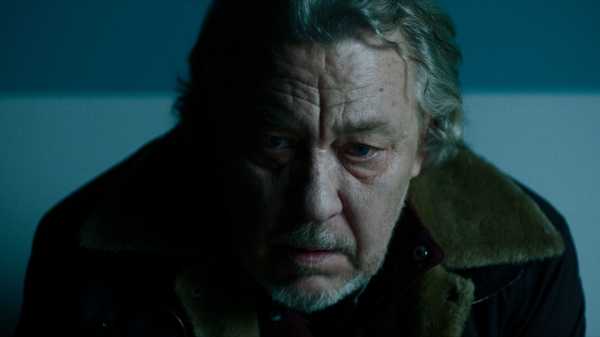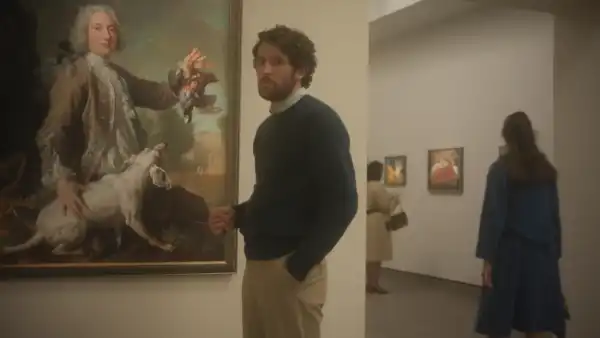
Save this storySave this storySave this storySave this story
Noer says the idea for the film came from his experiences in saying goodbye to several loved ones.
dard-heading paywall”>In his directorial and writing début, the short film “Knight of Fortune,” the filmmaker Lasse Lyskjær Noer went to an uncomfortable place, literally. “That place, man … It's clinical, sterile and unwelcoming to say the least. The only warmth comes from what you, your family and friends bring in with them,” he wrote me in an e-mail, describing the setting of his film: a morgue.
Noer takes a personal—at times cringe-inducing—approach to telling the story of an aging man, Karl Bergström, who is tasked with facing and accepting the death of a loved one. Karl is visiting the morgue, alone, to claim the body of his wife. The flickering of a hanging fluorescent light, which accentuates a dimmed, claustrophobic setting, provides Karl with the perfect distraction; to delay opening his wife’s coffin, he offers to fix it. An attendant politely declines. Of course, the moment the man leaves, Karl starts fiddling with the light, causing one of the few sources of light in the shadowy room to hang askew. “The setting had to be this dark, claustrophobic place with a blue and green vibe to it—something you couldn’t just shake off. And the characters had to embody the only warmth and light,” Noer says.
The New Yorker Documentary
View the latest or submit your own film.

Noer, a graduate of the Film and Photo School of Copenhagen whose previous work includes commercials and music videos, said the idea for the film came from his experiences in saying goodbye to several loved ones the same way. He wanted to make a film that reflected his memories of those visits.
The story in “Knight of Fortune” resists sentimentality; instead, the narrative’s power comes from the chance, awkward meeting between Karl and another older man, Torben, in the morgue’s bathroom. Karl, who has taken refuge in a stall to cry in private, is interrupted by the voice next door asking for toilet paper. That request gives the visibly grief-stricken Torben the chance to ask for something else: he doesn’t want to go on his own to view his own deceased wife, and asks Karl to come with him. At Torben’s pleading insistence, Karl joins him, and their teaming up pushes the story forward, and pushes Karl himself beyond the boundaries of personal comfort. The result unfolds into both an emotional revelation and a moment of dark, dry comedy.
“Laughing in the face of awkwardness or pain is this divine coping mechanism that diffuses tension, allowing us to step back from the discomfort of the moment,” Noer told me. He wanted to make a film that depicted a “shared humanity in finding humor even in the midst of the most challenging situations.” “Knight of Fortune” shows that in sharing the most intimate and often frightening moments with one another, people in mourning can take solace in one another, and maybe even laugh.
Sourse: newyorker.com







